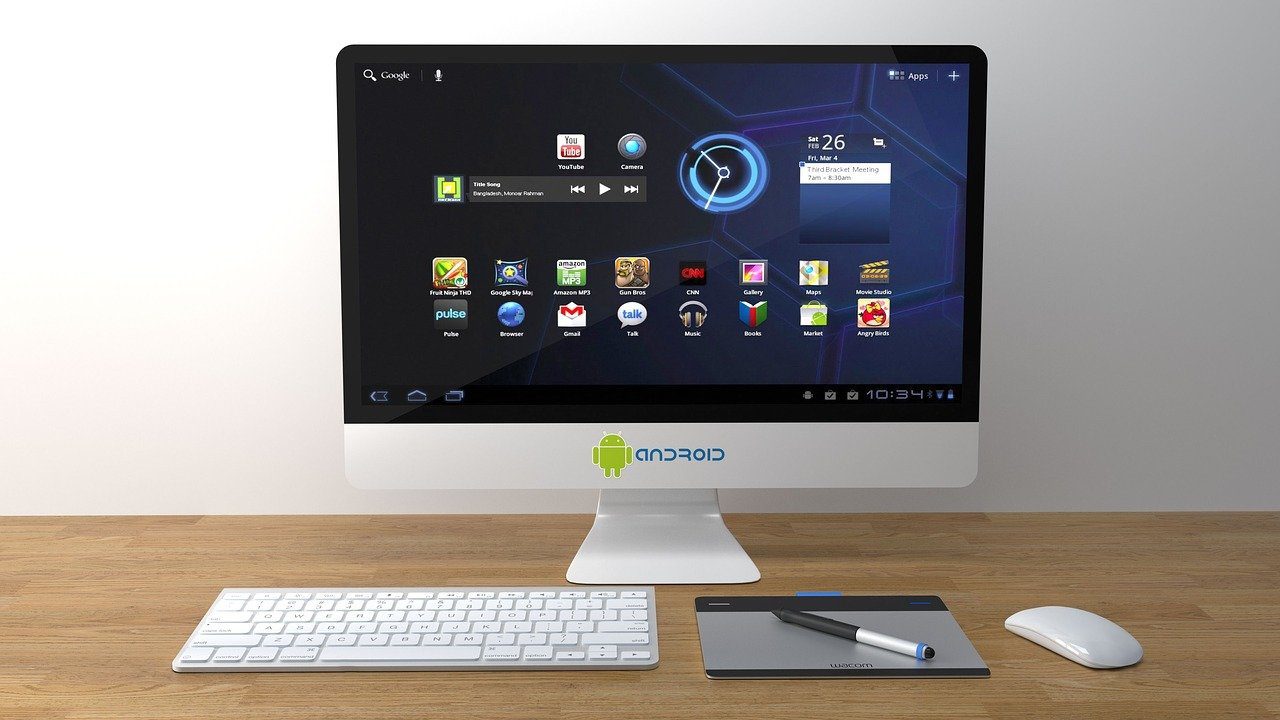Tech enthusiasts were elated over the idea as a potential look inside the future of mobile technology. Project Ara would have allowed users to insert their own modules into the back of the phone with different features like an upgraded camera, extra battery, another display and more. Clearly, though, the team just couldn’t feasibly bring the product to a realistic level of functionality. Either that, or they realized the business aspect of it was too challenging. Whatever the case may be, modular smartphones brought hope to people looking for a significant leap of change in phone technology. While it’s admittedly a creative and fascinating concept, I on the other hand don’t see how modular phones would ever be practical for a number of crucial reasons.
Internals Still Wouldn’t Be Upgradeable
As cool as it would be to swap out modules of your phone when you feel like upgrading or changing, it wouldn’t solve the problem of eventually needing a new phone. Modular smartphones wouldn’t be able to upgrade any of the essential internals: storage, RAM, CPU, etc. — at least not in a user friendly way. Eventually, you’d have to just buy a new phone to get new internal hardware. That alone can pretty much defeat the entire purpose of having smartphone modules on the back. If you’re just going to eventually buy a new phone anyway, why spend money on different modules? Sure, it might prolong the need to upgrade with incremental improvements, but an upgrade is nevertheless inevitable.
Using Hardware to Replicate Software Doesn’t Make Sense
It doesn’t make sense from a business perspective nor from a consumer perspective to have separate hardware parts do the job that software can do. There of course would still be software running the modules, but if you’re trying to create a customizable backside, why not just add another screen? The front display could be the main OS and the back display could be solely for widgets. That way, you can customize the widgets to whatever you want whenever you want without having to pay a pretty penny for a new module. Additionally, that’s less production work on the manufacturer’s side. The only perk is that hardware parts would increase profits because users would have to buy something every time they want a new module. Hardware is necessary for added speakers or batteries, but not much else. Still it’s more marketing money, it’s more R&D, and it’s just a damn unnecessary hassle for everyone involved.
Modular Designs Leave Phones Vulnerable
Modular designs in and of themselves are pretty awful. I don’t imagine a situation in which a modular phone wouldn’t be ugly. Instead, I imagine plenty of consumers with lost modules or not enough would just leave gaping spaces in the back of their phones, which is dreadful. Even worse is that modular designs leave phones extremely vulnerable. If you slap a case on the back of it you would instantly defeat the purpose of the modular design. If you leave the case off, not only do you have the back of your phone exposed, but you have additional, functional parts exposed to possible damage. The front and back of the phone now become liabilities when currently, only the front of smartphones tend to break. Between unfathomable design, nonsensical implementation and still fixed internals, modular smartphones are not the way of the future. The above article may contain affiliate links which help support Guiding Tech. However, it does not affect our editorial integrity. The content remains unbiased and authentic.











